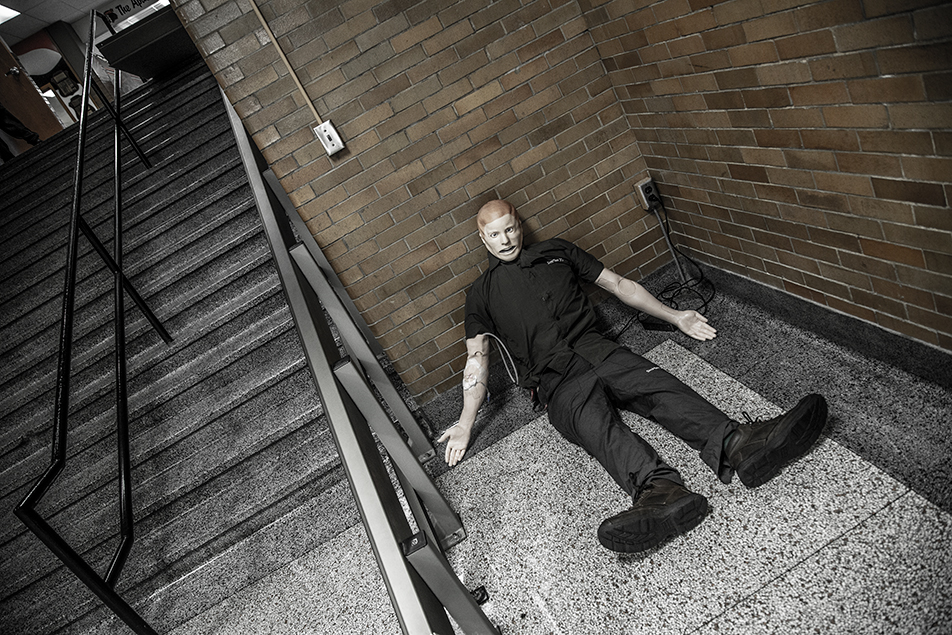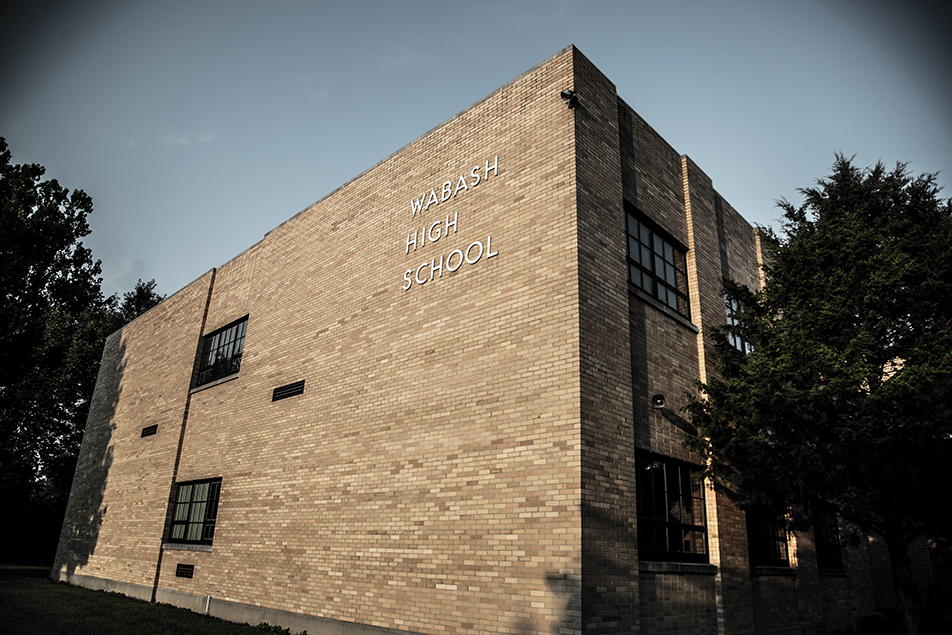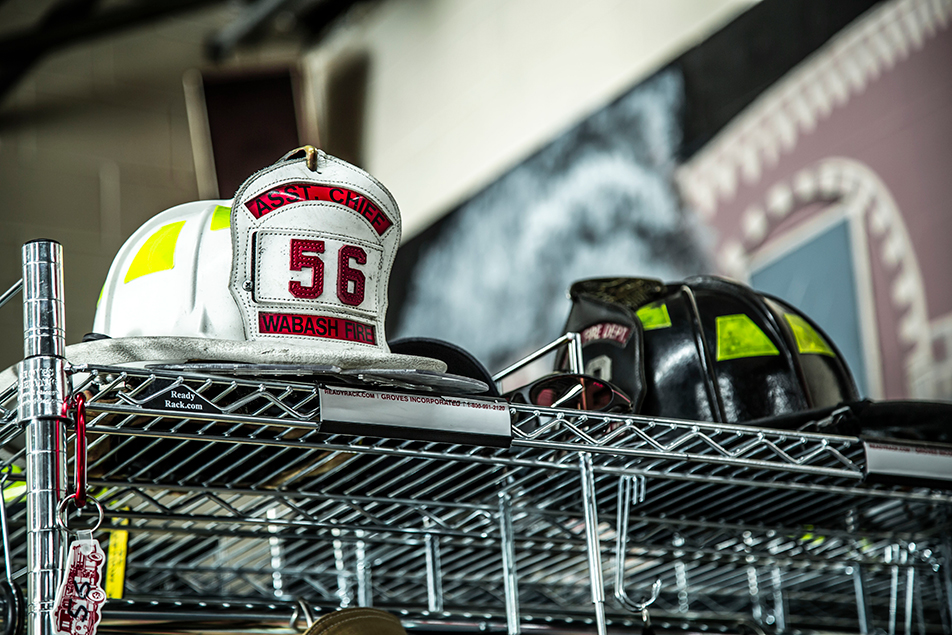On August 6, Wabash City Schools, in partnership with the Wabash Fire Department, local law enforcement agencies and the Parkview Health Advanced Medical Simulation Lab, facilitated an active shooter training scenario at Wabash High School. In addition to manikins, live actors, students and faculty members were evacuated from the building and served as “patients” as first responders searched for the “shooter”. First responders trained in the emergent treatment of wounds and associated triage practices.
For more on the execution of this intricate exercise, we connected with Andy Oswalt, EMS Director/Assistant Chief, Wabash Fire Department.

How did you approach the planning for this event?
It has been a multi-faceted approach. We, the Wabash Fire Department, had to prepare from an operational perspective as well as prepare with not just our Wabash City Police Department, but also surrounding law enforcement officers. That took multiple internal trainings as well as many multi-agency trainings. As far as the drill itself, we had several meetings with all the entities involved to discuss the scenario and try and expose as many shortfalls in advance. We also attended a similar drill prior to this one as a reference.
How did you decide who should be involved?
We tried to involve anyone that would be a resource in this type of event as well as anyone who may be able to learn from the experience. We included the Parkview Mobile Simulation Lab team to assist in providing high-fidelity manikins.

Why are these drills so important?
These drills are a significant test to expose areas that need further training. It is virtually impossible to have a scene that’s ran perfectly, because every scene is different. But, if we can find areas that we can control and do better, then the scene becomes that much less chaotic when it really counts.
How did having the simulation manikins enhance the experience?
The Parkview simulation team is top notch! The simulation manikins can portray signs and symptoms that human actors can’t, and we can perform skills on the manikins that we wouldn’t on a human actor.

What do you feel you accomplished with this drill?
Even though we found areas that need improvement, the exercise showed how far we have evolved over the past year with our operations level for a mass casualty event. We also created a stronger working relationship with our area schools, law enforcement and the Parkview Mobile Simulation Lab team.